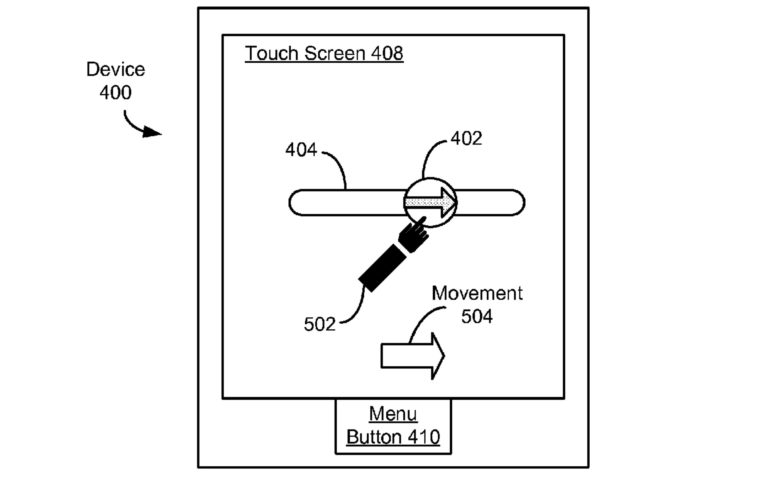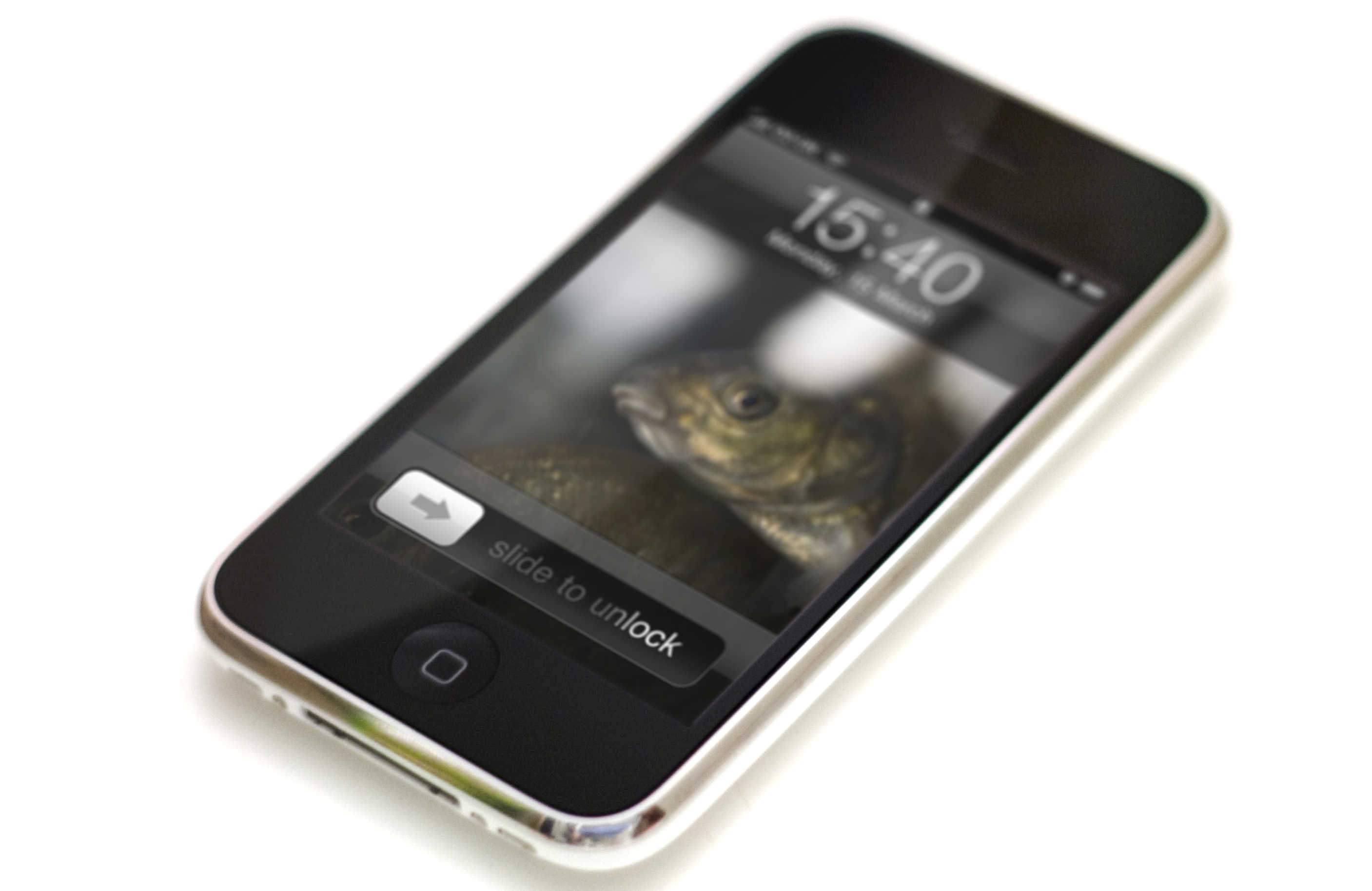 December 23, 2005: Apple files a patent application for its iconic “slide to unlock” gesture for the iPhone.
December 23, 2005: Apple files a patent application for its iconic “slide to unlock” gesture for the iPhone.
At this point, the iPhone remains a secret research project. However, the ability to unlock the device by sliding your finger across it signifies Apple’s big ambitions for its smartphone. Cupertino wants the iPhone it’s racing to develop to be easy to use, intuitive and miles ahead of the competition technologically.
‘Slide to unlock’ patent sums up iPhone philosophy
Given everything the iPhone can do, it sounds silly to say that the patented “slide to unlock” gesture made a gigantic impression on me when I first saw it. But it did.
Throughout the 1990s and 2000s, as cellphones became ubiquitous, a surprisingly large amount of time and money went into coming up with an elegant solution for unlocking them. These patents bore unwieldy titles like “Apparatus and method for preventing inadvertent operation of a manual input device.” But they all referred to the same thing: how to stop the dreaded “butt dial.”
An iPhone gesture that was pure, simple genius
Most smartphone manufacturers got around the unlocking problem by implementing specific sets of button presses. Users were unlikely to enter these combinations by accident and trigger an unintended call. But the iPhone, of course, came with just a single button on its main display: the Home button.
The team who worked on “slide to unlock” tried several methods, according to former Apple designer Bas Ording, who came up with the iPhone’s “rubber band” effect, OS X’s Dock magnification effect and other innovative Apple user interfaces.
Ording recounted the quest to find the perfect method for unlocking the iPhone in an exclusive interview with Cult of Mac. Apple designers explored several different methods before filing the “slide to unlock” patent. Competing ideas included a two-finger slide, pressing two different points on the screen at once, and a two-finger unlock gesture, like turning a virtual door handle. The team liked the twisting door handle analogy, but found it impossible to pull off with one hand, Ording said.
During the process, Apple CEO Steve Jobs pushed the idea that the iPhone should be operated with a single finger as much as possible. For the “slide to unlock” gesture, the team knew it needed to utilize a big, long swipe. The gesture also needed to work horizontally rather than vertically. Otherwise, it would become too easy to accidentally unlock the screen while pulling the device out of a pocket.
With “slide to unlock,” Apple came up with a method that immediately conveyed the simplicity, elegance and superior touch-recognition technology the company wanted to demonstrate with the iPhone.

Photo: USPTO
New systems arrive a decade after ‘Slide to unlock’ patent application
As with the best graphical user interface elements, “slide to unlock” served as a metaphor for a real-life action. The gesture mimicked dragging a bolt back across a door to unlock it. The sensitivity of the movement, and the way the bolt would immediately snap back to its starting position if you failed to carry out the gesture correctly, gave it the kind of “fiddle factor” that former Apple design chief Jony Ive always liked.
With the release of iOS 10 in 2016, Apple finally consigned the iconic “slide to unlock” gesture to the digital scrap heap. A feature that drew gasps of amazement when Apple introduced the original iPhone in 2007 found its days numbered when Apple introduced Touch ID biometric authentication with the iPhone 5s in 2013. Apple followed that with the Face ID facial-recognition system in 2017.
Nonetheless, the “slide to unlock” patent surfaced in the long-running Samsung-Apple lawsuit, which concluded in 2018.



7 responses to “Today in Apple history: Apple invents ‘slide to unlock’”
Loved Slide to unlock. But cant really say I miss it.
I miss it multiple times a day.
I’ve generated $84 ,000 up to now this year working on line while I’m a full time student . I’m by making use of an internet business money making opportunity I read about and after that I’ve earned such type of decent money . It is extremely convenient to use not to mention I am just so very happy that I discovered out about it . The potential with this is end-less . Here’s exactly what I do>>> SECURE65.WEEBLY.COM
Me too. So much so, after thinking that I might just keep my iPad Air (which doesn’t have the fingerprint sensor in the home button) after selling my iPhone 6 and going to Android, iOS 10 has been the final straw. I don’t think I’ll miss the few music production apps I use on it when I sell it this month. I’m tired of Apple pulling the rug out from underneath it’s long-time loyal users and this is just another instance where trying in vain to “be different” because they simply lack vision to truly innovate is just a bloody nuisance.
I forgot how Steve used those songs to say an under narrative:
1. Help from my Friends
2. Like a rolling stone
3. I walk a lonely road…
The anthems of Apple vs. the copycat losers of the tech world.
Looking at iOS 10 and comparing it to 1, shows just how far in the wrong direction Apple has taken us. I miss that ui/ux. this button-less flat interface and the mess that is music on iOS just proves Scott Forstall was right.
Except, they didn’t. But we all know this.